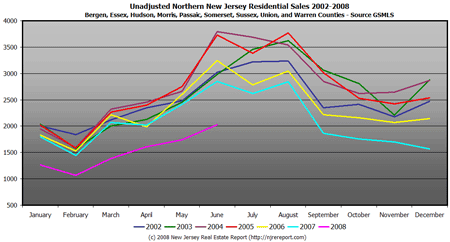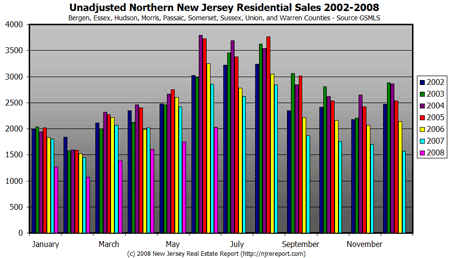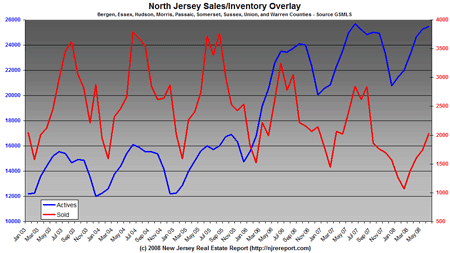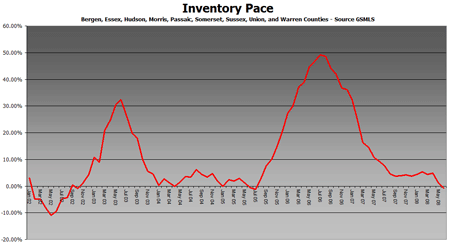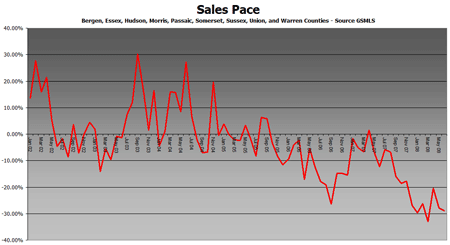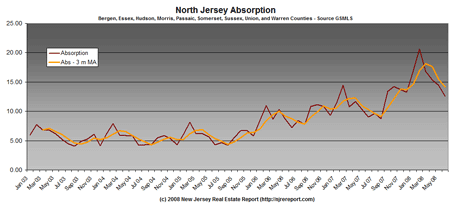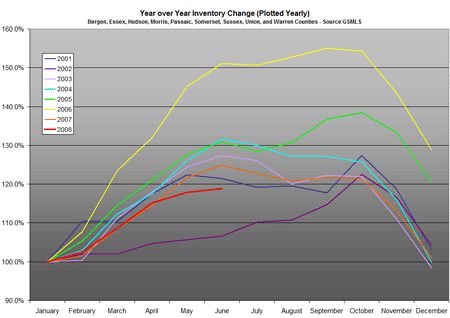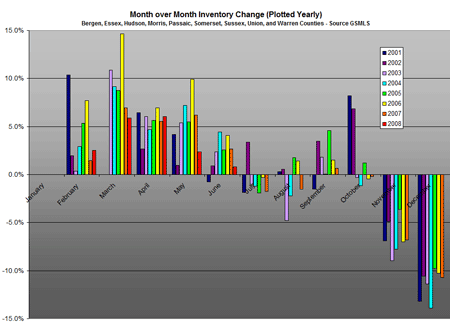From the WSJ:
Housing Bill Relies on Banks To Take Loan Losses
Lawmakers Pressure Lenders to Pitch In To Curb Foreclosures
By DAMIAN PALETTA
July 28, 2008; Page A3
WASHINGTON — The housing rescue bill passed by the Senate Saturday hasn’t been signed into law, but top Democrats already are putting pressure on regulators and bankers to make sure a major program to prevent foreclosures doesn’t fall flat.
For struggling U.S. homeowners, the success or failure of the program — which would let roughly 400,000 owners refinance into affordable, government-backed loans — depends largely on bankers’ willingness to take a partial loss on the loans and to reduce the amount of money borrowers owe.
Bankers say they will do it, but it isn’t clear how many loans they might be willing to restructure.
“I absolutely do believe that there will be more principal reductions,” Michael Gross, Bank of America Corp.’s managing director for loss mitigation, mortgage, home-equity and insurance services, told a congressional panel Friday.
…
Experts say the program’s eventual participation could rise dramatically if home prices continue to drop — which could put more pressure on lenders to offer borrowers more assistance. Lawmakers are already pressing regulators and lenders to prepare now so the program can begin without delay when it goes into effect Oct. 1.
…
Taking a loss on a loan by writing down the principal owed is one of the least desirable options for loan servicers. They typically prefer to either lower the interest rate or extend the life of the loan — from 30 years, for example, to 40 years.“The real problem is going to be, just like with every program out there, are the banks going to take this seriously?” said Rebecca Case-Grammatico, a staff attorney at the Empire Justice Center in Rochester, N.Y., who advises clients facing foreclosure. “And if they don’t, we’re in the same position we’ve been in all along.”
…
The program will be run by the Federal Housing Administration, a division of HUD, and will insure up to $300 billion in refinanced 30-year, fixed-rate loans. The mortgages can’t be for more than 90% of a home’s newly appraised value. For mortgages that exceed the value of the home, the lender would have to voluntarily write down the principal to the qualifying level. If the home goes up in value, the borrower must share newly created equity with the FHA.The program will begin Oct. 1 and end Sept. 30, 2011. Borrowers won’t be able to qualify if they have intentionally defaulted on their loans or if they had a debt-to-income ratio of less than 31% as of March 1.

